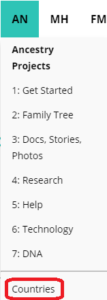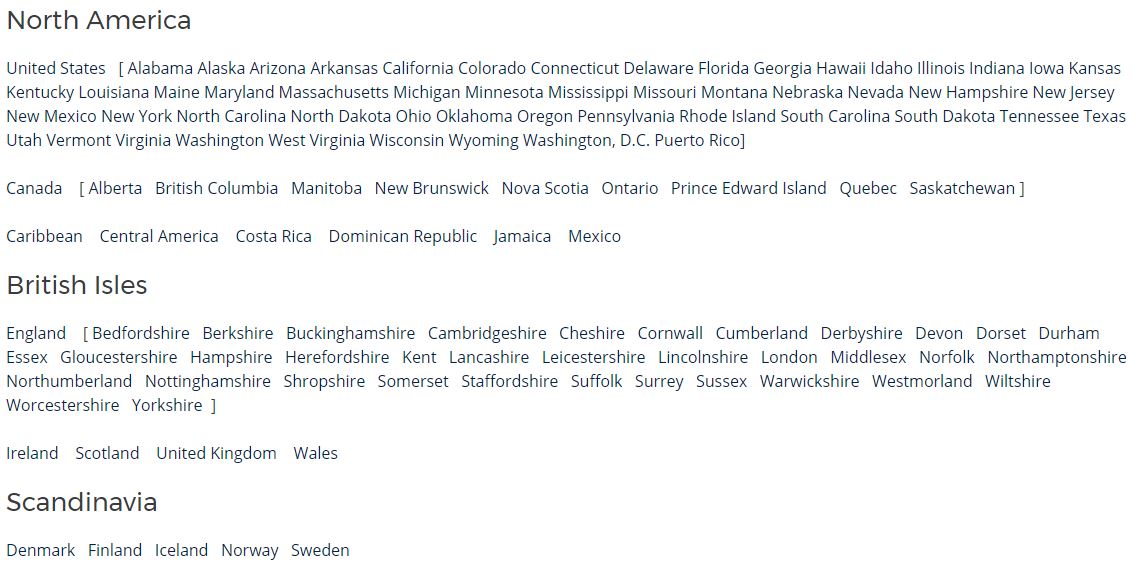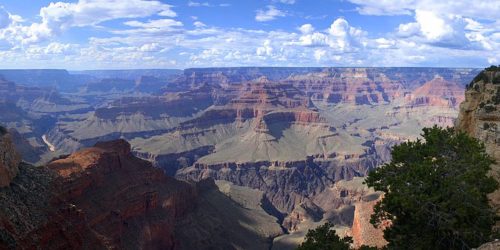Exploring the World with The Family History Guide
Finding international resources for your family history research is quick,  easy, and powerful with The Family History Guide. Instead of spending time navigating through a maze of menus, you can get to your destination in a matter of seconds, using the Countries page. Let’s take a look at what it has to offer …
easy, and powerful with The Family History Guide. Instead of spending time navigating through a maze of menus, you can get to your destination in a matter of seconds, using the Countries page. Let’s take a look at what it has to offer …
Getting There
You can access Countries from the links area The Family History Guide home page, or at the bottom of any of the Projects menus on the home page. For example:
Home page links area:

Projects menus on the home page:

When you click one of those circled entries, you’ll see the Countries page. Here’s a sample …

(Note: This example is just a small selection of the available countries.)
From there, you can click a country name to see its research page, or click a U.S. state, Canadian province, or England county. To help you navigate, region links are listed just below the picture near the top of the page:

What You’ll Find
Each Country page typically has similar research Goals, each with helpful steps to follow, and links to articles and videos. As an example, here are the Goals from the California page:

Get Help (Goal 12 in the example above) points you to Facebook pages and genealogy societies who can help you with specific research questions.
Digging Deeper
You’ll find QUIKLinks on many of the Country or state pages that take you directly to search pages or helpful websites:

Also included for U.S. state pages is a QUIKLink to Counties. Clicking this link on the California page:
![]()
will take you to the Counties section, where you can search for county records from FamilySearch, Ancestry, and Linkpendium.
Tips
Here are a few additional tips for working with the Countries page:
- The United States page is divided up into Parts A – F, because of the large amount of information.
- If the country you’re looking for isn’t listed in the Countries page, try a “collector page” in the region. For example, Serbia doesn’t have its own Countries page, but it’s included along with Belarus, Estonia, and Moldova in the East Europe Misc. page.
- There are also Vault entries for many of the countries; be sure to check those out as well.
- For more fun, click on the picture at the top of any Country page and see what happens!
We hope you enjoy the Countries pages. There’s a lot to see, but the helpful links and organization should help you find what you’re looking for in a breeze!
Click Count





